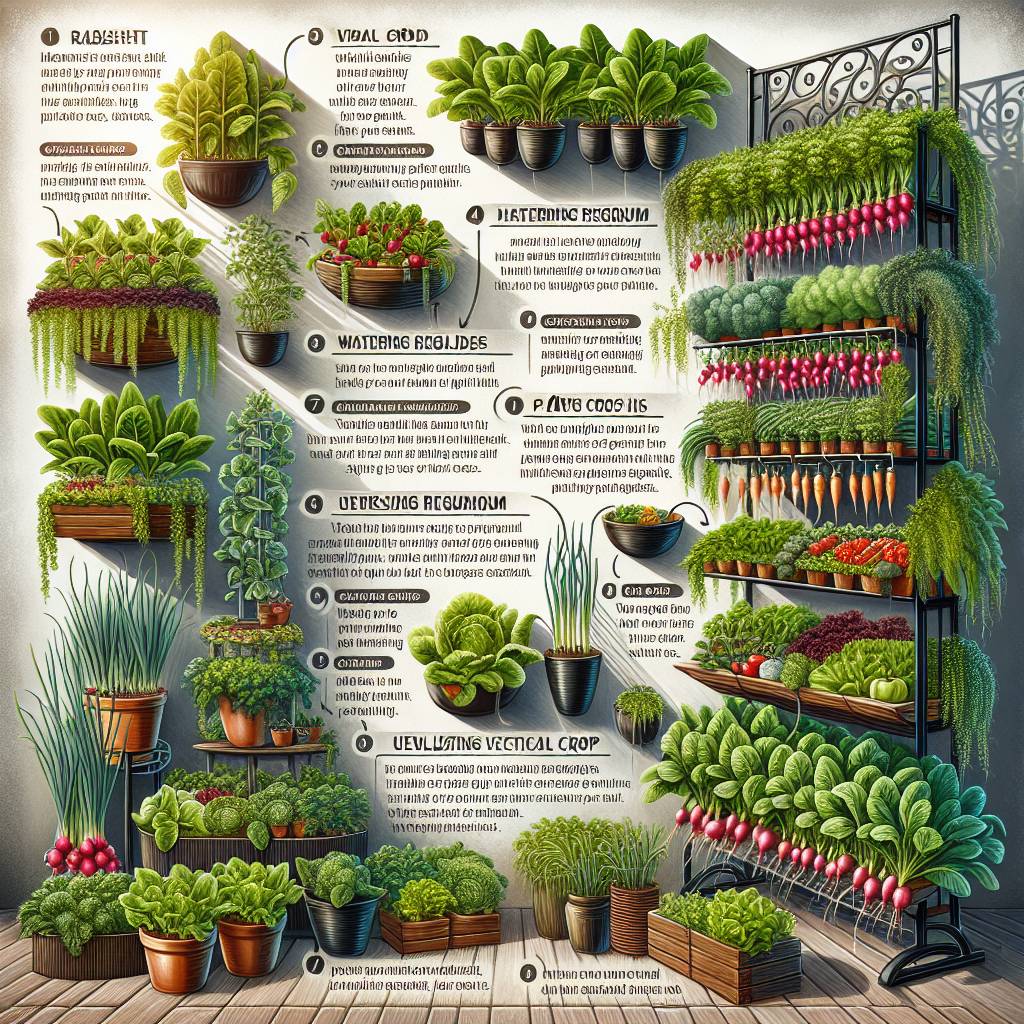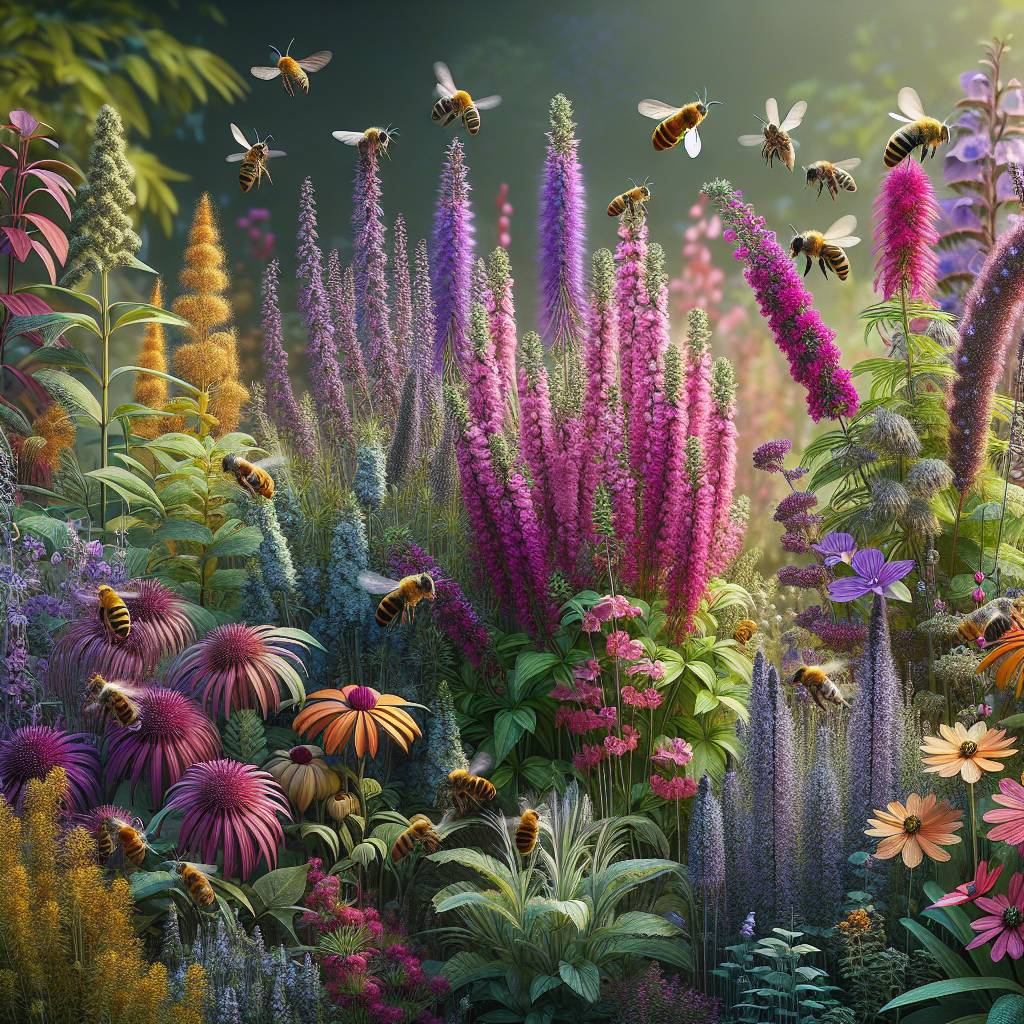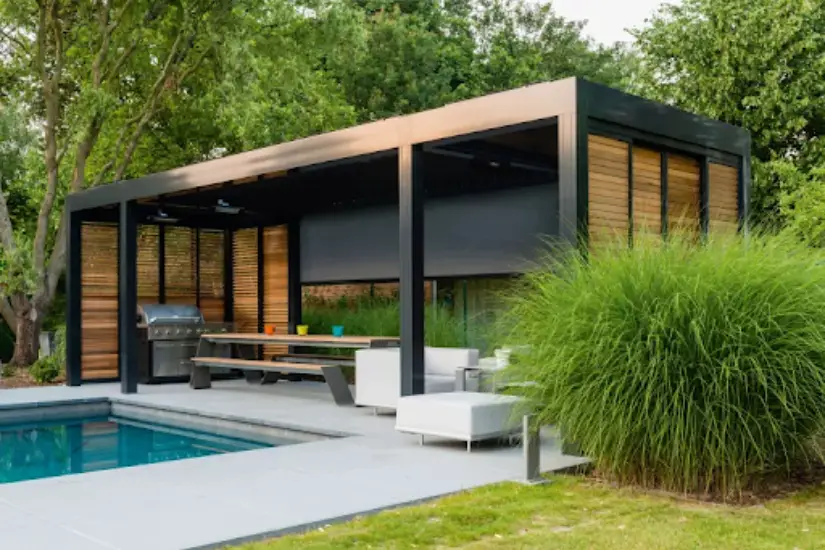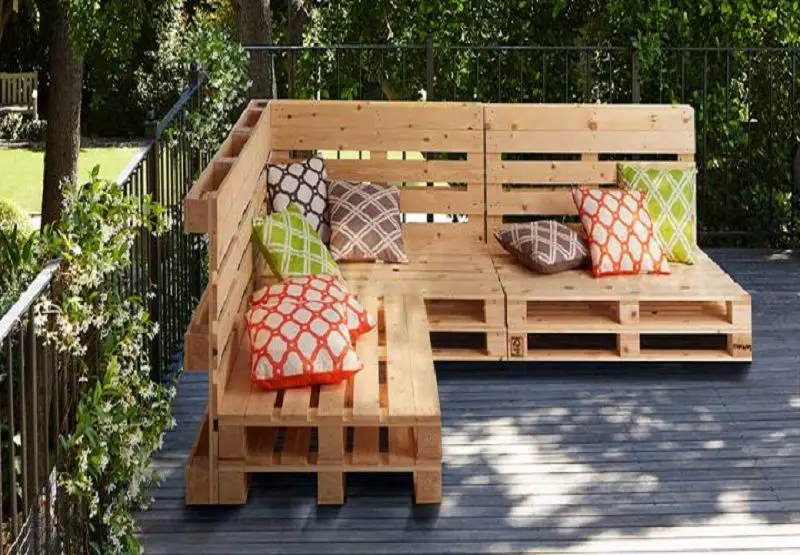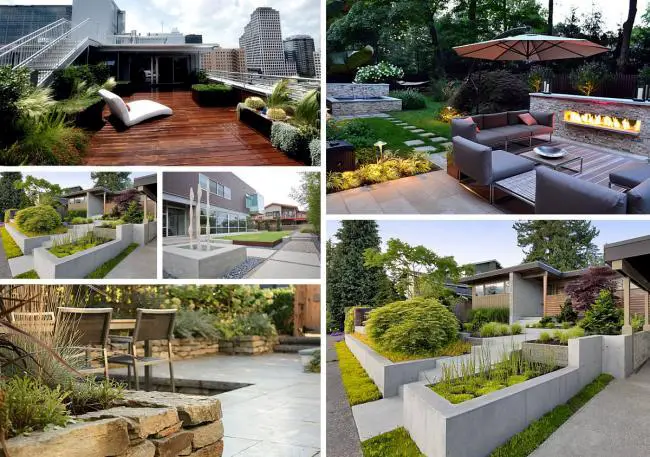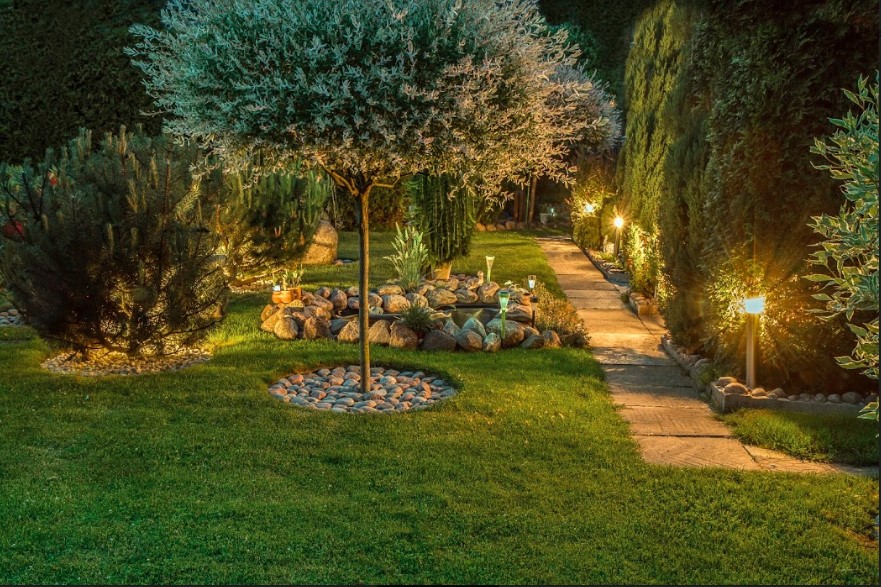Limited space doesn’t have to limit your gardening dreams. Whether you’re an urban dweller or just short on outdoor space, there are plenty of innovative ways to grow a thriving vegetable garden with healthy vegetables, many crops, and root vegetables. In this post, we’ll explore creative ideas and practical tips for maximizing limited space while reaping the rewards of homegrown produce.
From vertical gardens and container gardening to compact raised beds, we’ll delve into space-saving techniques that deliver abundant harvests without requiring acres of land. You’ll also discover how historical Victory Gardens during wartime inspire today’s small-space vegetable gardening movement, highlighting the enduring relevance of efficient food production.
Key Takeaways
- Utilize containers and raised beds for growing a variety of fruits and vegetables in limited space.
- Opt for compact varieties and fast-growing crops to maximize yield in small vegetable gardens.
- Embrace vertical gardening with trellises and hanging baskets to make efficient use of space.
- Combine edibles with ornamental plants to create a visually appealing and productive compact garden.
- Plan a space-saving garden layout by implementing minimalist gardening and companion planting techniques.
- Prioritize efficient use of space by selecting the top crops suited for small vegetable gardens.
Small Space Vegetable Gardening Tips
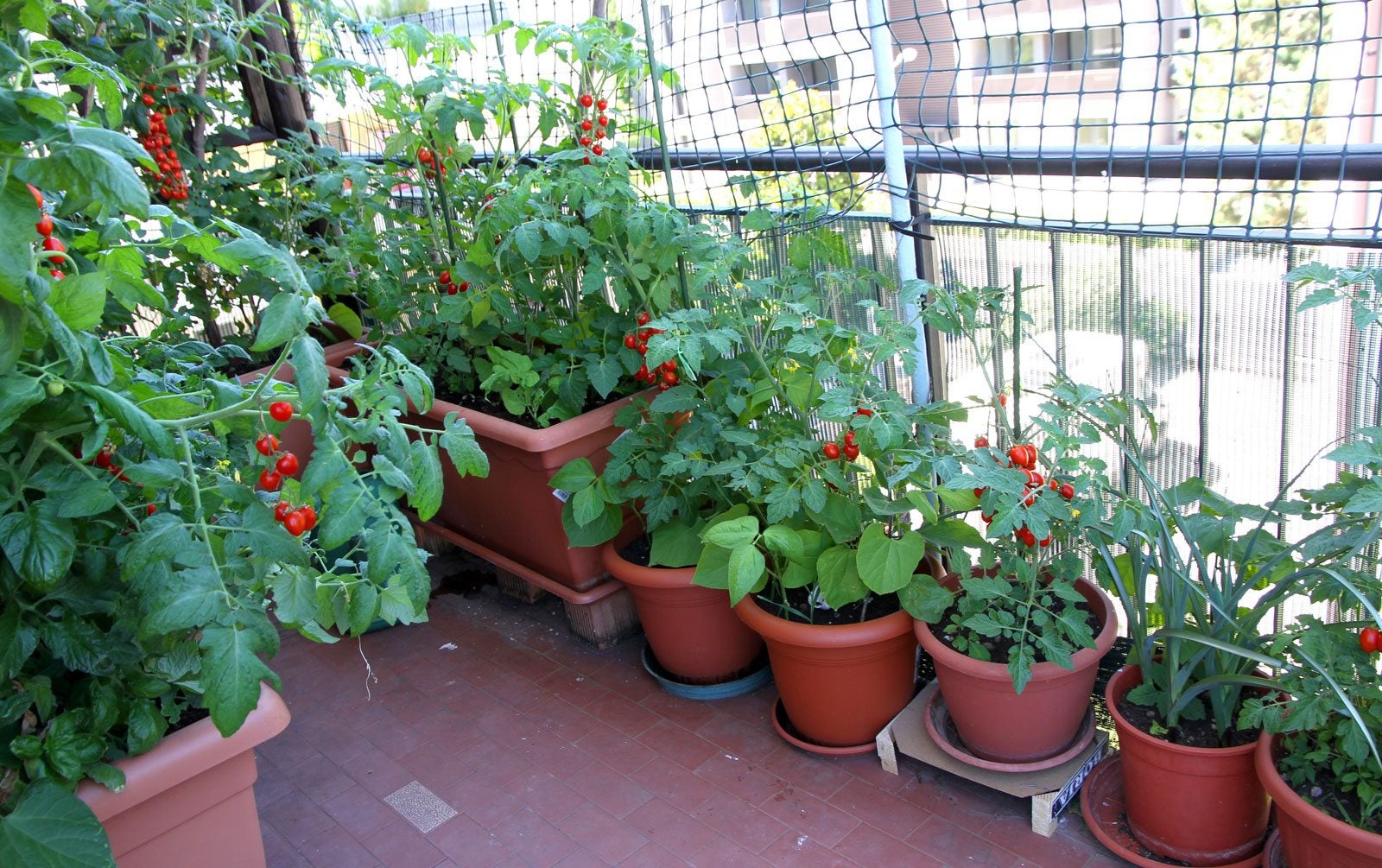
Compact Varieties
Choosing compact varieties is essential. Look for plants specifically labeled as suitable for small spaces. These varieties are often bred to grow in confined areas, such as patios or balconies. Examples of compact vegetables, suitable for small space gardening, include bush-type tomatoes, dwarf peppers, and mini-sized lettuce.
Opting for compact varieties and small vegetable garden ideas allows you to maximize your limited space while still enjoying a bountiful harvest. These plants typically require less maintenance and are easier to manage due to their smaller size.
Vertical Gardening Techniques
Utilizing vertical gardening techniques is a clever way to make the most of limited space. By growing upwards instead of outwards, you can cultivate a wide variety of vegetables in a small space. Consider installing trellises, hanging baskets, or stacking planters on walls or fences.
Vertical gardening not only saves space but also provides an attractive visual display in your small garden area. It’s ideal for small vegetable garden ideas and small space, vining crops like cucumbers, peas, and beans that naturally thrive when allowed to climb upwards.
Containers and Raised Beds
Making use of containers, raised beds, and ideas is crucial for efficient gardening in small spaces. Containers come in various sizes and shapes, making them versatile for planting different types of vegetables. From window boxes on ledges to large pots on the ground, containers allow you to grow crops virtually anywhere.
On the other hand, raised beds provide excellent drainage and soil quality control while minimizing the need for weeding and bending over during maintenance tasks. They’re perfect for growing root vegetables like carrots or radishes in small spaces without worrying about rocky or compacted soil conditions commonly found in urban environments.
Growing Fruits and Vegetables in Containers
Container-Friendly Crops
Selecting the right crops is crucial. Opt for container-friendly options like tomatoes, peppers, and herbs. These plants thrive well in confined spaces and are suitable for growing in pots or containers.
For instance, tomatoes can be grown upside down in hanging baskets, while compact pepper varieties are perfect for small pots. Herbs such as basil, mint, and parsley also flourish when planted in containers. This allows you to enjoy a bountiful harvest even with limited gardening space and ideas.
Proper Drainage
To ensure successful growth of fruits and vegetables in containers, it’s essential to provide proper drainage. Without adequate drainage, excess water can lead to waterlogging which may harm the plants’ roots in small vegetable garden ideas.
You can achieve small vegetable garden ideas by drilling holes at the bottom of your containers if they don’t already have them. Placing a layer of gravel or broken pottery pieces at the base before adding soil helps improve drainage. This simple step prevents water from accumulating at the bottom of the pot and causing root rot.
Lightweight Potting Soil and Sunlight
Using lightweight potting soil is beneficial for container gardening as it provides good aeration and retains moisture adequately, allowing plants to thrive. It’s important to choose soil specifically formulated for use in containers as regular garden soil may become compacted over time.
Moreover, ensuring that your container-grown fruits and vegetables receive adequate sunlight is crucial for their optimal growth ideas. Most fruit-bearing plants require at least six hours of direct sunlight daily to produce healthy yields.
Placing your containers on balconies or near windows that receive ample sunlight will promote robust growth and abundant harvests from your limited-space vegetable garden.
Raised Bed Gardening for Efficient Use of Space
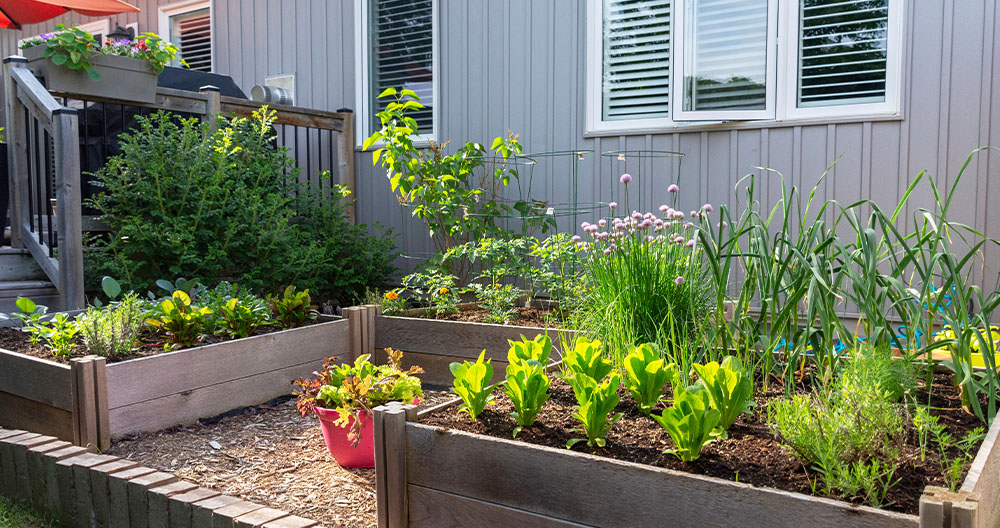
Defined Growing Areas
One effective way to maximize limited space for vegetable gardening is by building raised beds. These beds provide defined growing areas, allowing you to organize and manage your plants more efficiently for small vegetable garden ideas. By using garden beds, you can separate different types of vegetables or herbs, preventing them from competing for resources.
Raised beds also offer the advantage of being elevated above ground level, making it easier to tend to your plants without having to bend over too much. This is particularly beneficial for individuals with mobility issues or back problems.
Nutrient-Rich Soil
When practicing vegetable gardening in limited space, filling raised beds with nutrient-rich soil is crucial for healthy plant growth. The quality of the soil directly impacts the productivity and health of your crops. You can create a custom mix by combining garden soil with compost and other organic materials.
By utilizing high-quality soil in your raised beds, you ensure that your vegetables receive the essential nutrients they need to thrive. This method also reduces the risk of disease and pest infestations in small vegetable garden ideas since healthy plants are naturally more resistant.
Square Foot Gardening Techniques
To further optimize the use of space in vegetable gardening, consider employing square foot gardening techniques within your raised beds. This approach involves dividing each small vegetable garden bed into square-foot sections and planting different crops within these designated areas based on their spatial requirements.
For example:
- Carrots may be planted closer together in one section while tomatoes are given a larger area.
- Herbs like basil and parsley can share another section due to their compact growth habits.
- Leafy greens such as lettuce could occupy yet another square foot area.
This method allows you to grow a variety of vegetables simultaneously while ensuring that each plant receives adequate space and resources.
Top Crops for Small Vegetable Gardens
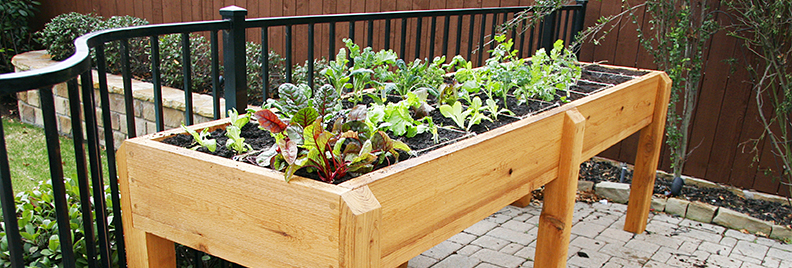
High-Yield Vegetables
Focus on high-yield crops like lettuce, radishes, green beans in a small vegetable garden. These vegetables are known for producing a large harvest in a small area. For example, lettuce can be grown close together and harvested as young leaves for salads, making it an ideal choice for compact gardens.
Consider fast-growing vegetables such as spinach and baby carrots. Spinach matures quickly and can be continuously harvested by picking outer leaves while allowing the inner ones to grow. Baby carrots also have a shorter growing period compared to regular-sized carrots, making them perfect for small spaces.
Flavorful Herbs
In limited-space vegetable gardens, growing herbs like basil and parsley is beneficial not only because they don’t take up much room but also because they add flavor to your dishes. These herbs can be grown in pots or small containers on balconies or windowsills if ground space is scarce.
Growing these types of plants allows you to maximize the use of your available space while still enjoying a variety of fresh produce throughout the season. By choosing high-yield crops and fast-growing vegetables along with flavorful herbs, you can make the most out of your limited gardening area.
Utilizing Vertical Space with Trellises and Hanging Baskets
Support Vining Plants
Utilizing vertical structures like trellises or stakes is crucial. These structures provide support for vining plants such as cucumbers and peas, allowing them to grow upward instead of sprawling across the ground. By training these plants to climb, you can maximize your growing area.
For instance, by installing a simple trellis against a wall or fence, you can create an efficient vertical garden for your cucumber plants. This not only saves space but also makes harvesting easier since the fruits will hang down from the trellis rather than hiding under leaves on the ground.
Hanging Baskets and Planters
Another effective way to make use of limited space is by hanging baskets or planters from walls or ceilings. This method is perfect for growing cascading plants like cherry tomatoes or trailing herbs such as oregano and thyme. By suspending these containers, you’re able to take advantage of unused overhead areas while adding visual interest to your garden.
Imagine creating a beautiful display of vibrant cherry tomatoes dangling from hanging baskets against a sunny wall – not only does this add color and life to your small garden space but it also provides an abundant harvest without taking up precious ground real estate.
Vertical Gardening Structures
Purpose-built vertical gardening structures are designed specifically for maximizing planting capacity in limited spaces. These include modular systems with stackable planters that allow you to grow multiple crops vertically in one compact area.
Combining Edibles with Ornamentals in Compact Areas
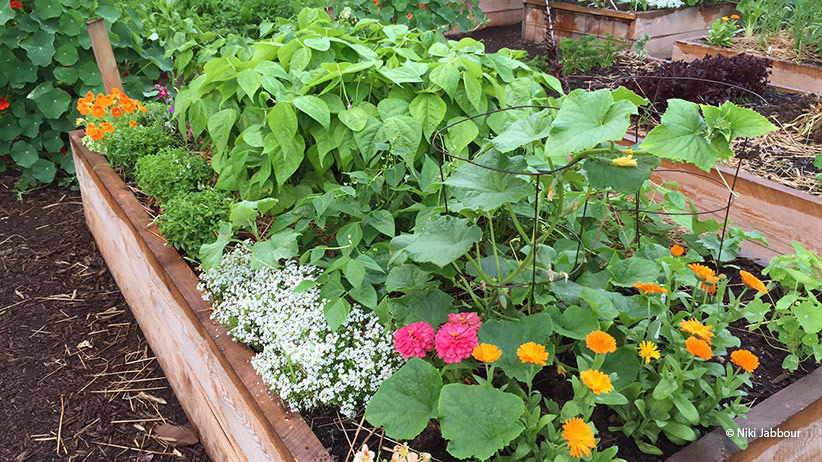
Incorporating Edible Flowers
In vegetable gardening in limited space, consider incorporating edible flowers like nasturtiums and marigolds. These not only add a pop of color to your garden but also serve as a dual-purpose element, attracting beneficial insects and acting as natural pest deterrents. For instance, nasturtiums are not only visually appealing with their vibrant hues but also edible, adding a peppery flavor to salads or garnishes.
Mixing colorful Vegetables To create an aesthetically pleasing garden in small spaces, plant colorful vegetables such as rainbow chard or purple cabbage alongside traditional ornamental plants. This approach adds visual interest while maximizing the use of limited space. The vibrant colors of these vegetables can enhance the overall appeal of your garden while providing fresh produce for consumption.
Creating Visual Appeal
By combining edibles with flowers, you can create a visually appealing garden that is both functional and beautiful. For example, planting herbs like basil or thyme alongside flowering plants not only adds fragrance and beauty but also serves to repel pests due to their aromatic properties. This integration creates a balanced ecosystem within your compact gardening area.
Utilizing Vertical Space (Engagement) While discussing the incorporation of edibles with ornamentals in compact areas, it’s important to note how this technique complements vertical gardening methods discussed earlier. By integrating edible flowers and colorful vegetables into vertical structures such as trellises or hanging baskets, you can optimize space utilization while creating an eye-catching display.
Selecting Compact Varieties and Fast-Growing Crops
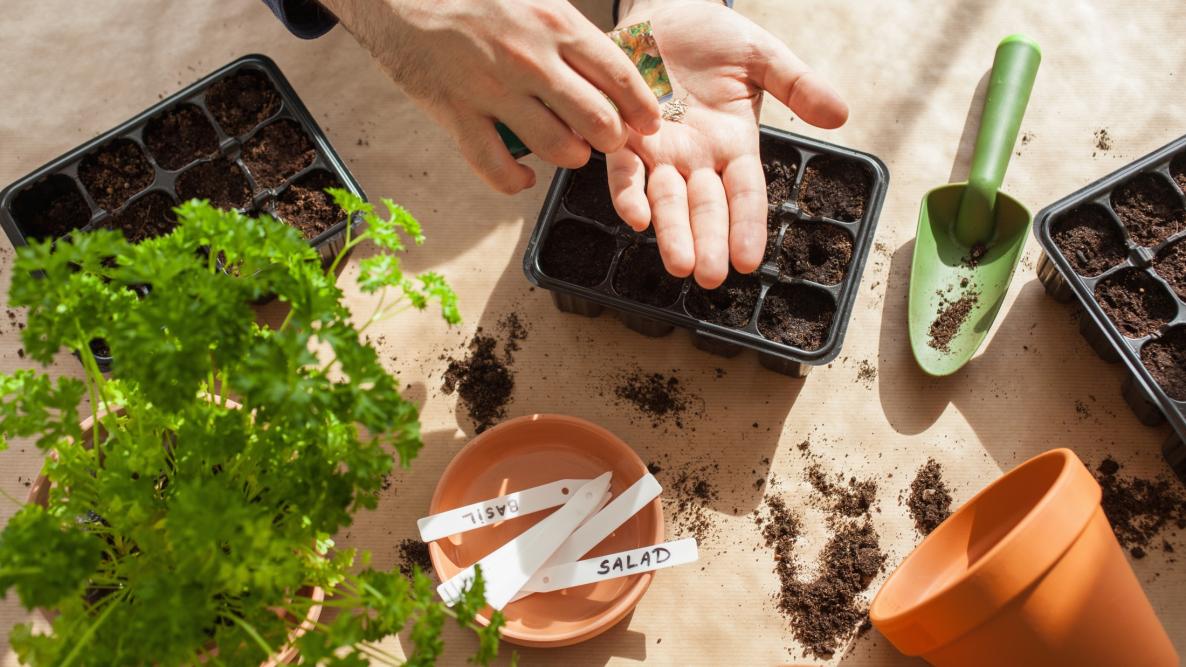
Compact Plants
Choosing compact plants is essential. Look for dwarf or bush varieties of vegetables that take up less space. These compact plants are perfect for small gardens, balconies, or even windowsills. For example, consider growing dwarf tomatoes, bush beans, or mini bell peppers.
Compact plants not only save space but also produce comparable yields to their larger counterparts. They are advantageous as they allow gardeners with limited space to enjoy a bountiful harvest without sacrificing variety.
Quick-Maturing Crops
Opting for quick-maturing crops is another great strategy when gardening in a confined area. By selecting fast-growing vegetables, you can maximize your harvest within a limited timeframe. For instance, radishes, lettuce, and spinach are excellent choices as they mature quickly and continually provide fresh produce throughout the season.
Quick-maturing crops offer the advantage of providing a steady supply of fresh veggies without taking up too much space for an extended period. This approach allows gardeners to make the most out of their available space while enjoying a continuous yield.
Microgreens and Sprouts
Consider incorporating microgreens or sprouts into your vegetable garden plans if you’re looking for fast-growing sources of fresh produce. Microgreens such as arugula, kale, and radish can be grown indoors on countertops or windowsills in small containers.
Microgreens have the advantage of being ready to harvest in just one to two weeks after planting seeds. Similarly, sprouts like alfalfa sprouts and mung bean sprouts are ready to eat within 3-7 days after germination.
Planning a Space-Saving Garden Layout
Optimizing Available Space
When planning a vegetable garden in limited space, it’s crucial to make the most of the available area. Start by sketching out a garden plan that takes into account the dimensions of the space. Consider utilizing vertical space by using trellises or hanging planters for vining crops like tomatoes, cucumbers, and peas. You can use containers and raised beds to maximize growing area while keeping things organized.
Grouping plants with similar water and sunlight requirements together is essential for efficient use of your garden space. By doing so, you can ensure that each plant receives adequate care without wasting valuable room on those with conflicting needs. For instance, pairing lettuce with radishes allows both to thrive since they have compatible growth conditions.
Intercropping and Companion Planting Techniques
Intercropping involves planting different types of vegetables closely together in the same bed or row. This technique optimizes yields by making use of every inch of available space while also promoting biodiversity and reducing pest problems naturally.
Companion planting is another strategy where certain plants are grown near each other for mutual benefit. For example, planting basil alongside tomatoes not only saves precious room but also enhances tomato flavor while deterring pests that affect tomato plants.
Embracing Minimalist Gardening and Companion Planting
Essential Crops
When creating a vegetable garden in limited space, it’s crucial to prioritize essential crops. By focusing on the most important vegetables, you can maximize your yield without overcrowding your garden. This approach also helps in maintaining a neat and organized garden layout. For instance, growing tomatoes, peppers, and lettuce can be an excellent starting point for a small-space vegetable garden.
Incorporating companion planting is another effective strategy for maximizing limited space while promoting plant health. For example, planting basil alongside tomatoes not only enhances the flavor of the tomatoes but also deters pests that commonly affect tomato plants. Similarly, pairing carrots with onions can help repel carrot flies and onion maggots.
Sustainability and Organic Practices
Emphasizing sustainability through organic gardening practices is essential when cultivating vegetables in limited spaces. Utilizing healthy soil management techniques such as composting and mulching fosters optimal growth conditions for your crops while reducing reliance on chemical fertilizers. These practices contribute to environmental conservation by promoting natural nutrient cycling within the ecosystem.
By incorporating companion planting methods like intercropping or polyculture into your small-space vegetable garden design, you can create a self-sustaining ecosystem that reduces the need for synthetic pesticides or herbicides. Integrating flowers such as marigolds or nasturtiums among your vegetable plants not only adds aesthetic appeal but also attracts beneficial insects like pollinators and pest predators.
Community Benefits
Engaging in minimalist gardening practices doesn’t just benefit individual gardeners; it can also foster community connections through shared resources and knowledge exchange. Creating community gardens in urban areas allows neighbors to come together to cultivate healthy produce despite space limitations at home.
These communal spaces provide opportunities for individuals to share their favorite gardening tips while collectively enjoying fresh harvests from diverse plots tended by different members of the community. Moreover, they serve as great ways to promote sustainable living practices within neighborhoods by encouraging responsible land use even in densely populated areas.
Closing Thoughts
So there you have it, a plethora of ideas and tips for making the most out of limited space for your vegetable gardening endeavors. By embracing minimalist gardening, utilizing vertical space, and selecting compact varieties, you can create a bountiful garden even in the smallest of areas. Remember, it’s not about the size of the garden, but rather the love and care you put into it that truly makes it flourish. So go ahead, get your hands dirty, experiment with different techniques, and watch your little green oasis thrive.
Now, armed with these insights, it’s time to roll up your sleeves and put them into action. Start planning your space-saving garden layout, pick out your favorite compact crops, and get ready to enjoy the fruits (and veggies) of your labor. Happy gardening!
Frequently Asked Questions
How can I start a vegetable garden in a limited space?
You can start a vegetable garden in limited space by utilizing containers, vertical gardening techniques, and raised beds. These methods allow you to make the most of your available space while still enjoying a bountiful harvest.
What are some compact varieties of vegetables suitable for small gardens?
Compact varieties such as cherry tomatoes, bush beans, mini bell peppers, and dwarf cucumbers are ideal for small gardens. They take up less space while still producing an abundant yield, making them perfect for limited gardening areas.
Is it possible to grow fruits in containers?
Yes, many fruits like strawberries, blueberries, and dwarf citrus trees thrive in containers. With proper care and maintenance, container-grown fruit plants can be just as fruitful as those grown in traditional garden beds.
How do I effectively utilize vertical space for my vegetable garden?
Trellises and hanging baskets are excellent ways to utilize vertical space in your vegetable garden. By growing vining crops like peas or cucumbers upwards rather than outwards, you can maximize your growing area without sacrificing valuable ground space.
Can ornamental plants be combined with edible ones in a small garden?
Absolutely! Combining edibles with ornamentals not only adds visual appeal but also maximizes the use of available space. For example, you could plant colorful lettuces alongside decorative flowers or herbs to create both an aesthetically pleasing and productive small garden.
